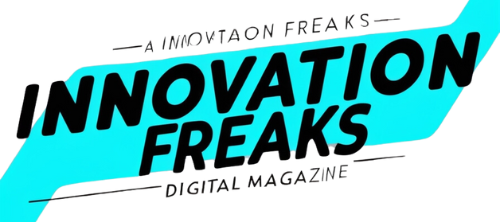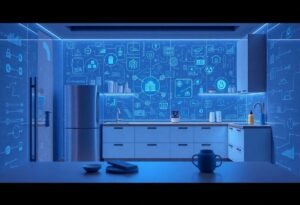3D printing is revolutionizing various fields, and the realm of modern art is no exception. This innovative technology is transforming how artists conceptualize, create, and distribute their works. By blending traditional artistic practices with cutting-edge technology, 3D printing is opening new avenues for creativity and expression, allowing artists to push the boundaries of what is considered art.
Redefining Artistic Boundaries with 3D Printing
3D printing has fundamentally changed the creation process for modern artists. Traditionally, artists were limited by materials and techniques. Now, with 3D printing technology, artists can experiment with forms and shapes that were previously impossible. This technology enables the production of intricate designs and complex structures that challenge conventional artistic norms. The ability to create three-dimensional objects in a matter of hours allows artists to focus more on the design aspects rather than the labor-intensive process of traditional sculpting. Through 3D printing, artists can push their imaginations to new limits.
Integration of Digital and Physical Art
The fusion of digital art and physical creations is another significant influence of 3D printing in modern art. Artists can create digital models with advanced software and then bring these creations into reality through the additive manufacturing process. This transition from digital to physical enhances the artist’s ability to visualize their creative ideas and offers collectors unique pieces that embody a blend of technology and artistry. By embracing this integration, artists can create limited edition works that emphasize both their artistic vision and the capabilities of modern technology.
Democratizing Art through 3D Printing
Another profound impact of 3D printing on modern art is its ability to democratize the art-making process. Artists no longer need a large budget to create stunning pieces. With the decreasing cost of 3D printers and the accessibility of materials, artists from various backgrounds can participate in this innovative field. This democratization encourages diversity in the art community and leads to a more inclusive representation of ideas and narratives in modern art. As a result, audiences are exposed to a broader range of artistic expressions and cultural dialogues.
Sustainable Practices in Art Production
3D printing also promotes sustainability in the art world. Artists are increasingly aware of the environmental impact of traditional art materials and production methods. By utilizing eco-friendly materials and minimizing waste through 3D printing, artists can create works that are not only visually appealing but also contribute positively to the environment. This commitment to sustainability adds another layer of meaning to the artwork, often resonating with audiences who are environmentally conscious and seeking art that aligns with their values.
Collaborative Opportunities in the Arts
The rise of 3D printing fosters collaboration among artists, technologists, and engineers. These partnerships often lead to innovative projects that combine artistic vision with technological expertise. By working together, artists can access new resources and knowledge, expanding their creative horizons. Such collaborations exemplify the evolving nature of modern art, where boundaries between disciplines are increasingly blurred, illustrating that innovation in the arts stems from collective efforts.
The Future of 3D Printing in Art
As technology continues to advance, the future of 3D printing in modern art is promising. Emerging technologies such as bioprinting and multi-material printing are expected to introduce even more revolutionary possibilities for artists. The art world must remain open to these innovations, embracing the potential of 3D printing to reshape artistic expression over the coming years. Artists who adapt to these changes will likely lead the charge in redefining artistry in a rapidly evolving cultural landscape.
Disclaimer: This article is intended for informational purposes only and does not constitute professional advice.





















